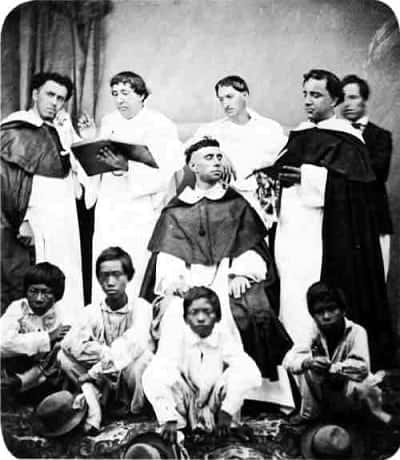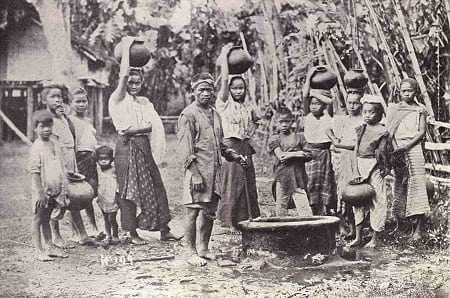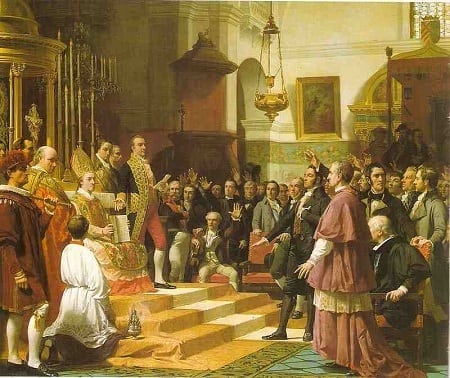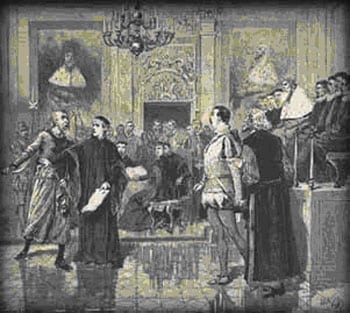7 Myths About Spanish Colonial Period Filipinos Should All Stop Believing
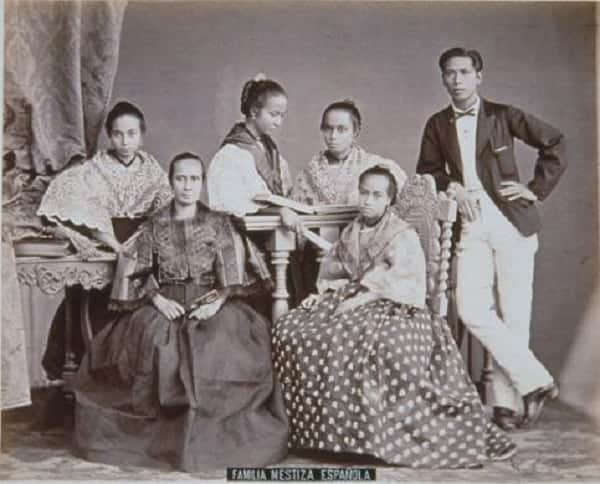
Was Spanish rule of the Philippines really that bad? Did their 300-plus year occupation of the country consist of nothing but abusing and exploiting the Filipinos for their own dastardly ends?
While it’s easy to answer yes to that question, the truth is a lot more complex. While wrongdoings did happen, the Spanish weren’t exactly pure evil. Our perception of them only turned out that way due to the massive propaganda campaign conducted by Filipino nationalists and later on by America.
Also Read: 10 Reasons Why Life Was Better In Pre-Colonial Philippines
Although this list won’t condone the abuses committed by the Spanish, it will go through some of the common myths Filipinos over the years have come to believe about Spanish rule in the Philippines.
1. The Friars Did Nothing But Oppress The People
Probably one of the most widely-used images to depict the Spanish excesses in the Philippines is that of the lecherous, self-righteous friar.
While it is true that there were indeed friars who abused their positions, we must not also forget the numerous good things friars did for the country. To name a few, they helped build bridges, hospitals, schools and other buildings, many of which we can still see even today.
Trivia: Magellan was not the first to circumnavigate the world
Notwithstanding the negative stereotypes, a number of good friars also actually protected the Filipinos from exploitation and abuse. Among them were Domingo de Salazar, the first bishop of Manila who campaigned for the abolition of slavery and just compensation for indentured Filipinos during the 1582 Manila Synod; Friar Martin de Rada who complained to the Mexican viceroy about the abusive behavior of the conquistadors; and Friar Diego de Herrera who protested the encomienda system.
Unfortunately, for all their good deeds, the friars—as one of the most visible Spaniards on the archipelago—provided Filipino nationalists and propagandists the perfect fodder with which to demonize the Spanish. The end result is the Filipinos’ negative perception of friars, a sentiment which can still be felt even in the modern era.
2. Only The Rich And Powerful Could Speak Spanish
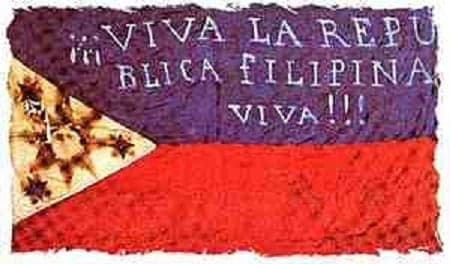
Contrary to popular belief, many Filipinos—including the masses—could actually speak and write in Spanish. After all, Spanish was a worldwide lingua franca for several hundred years, making it necessary for Filipinos to know the language.
And as we’ve already mentioned before, the introduction of the public school system which mandated free compulsory education for Filipinos made Spanish easily accessible. It is estimated that when the Americans arrived, at least 60 percent of the Filipino population wrote and spoke Spanish.
Also Read: 30 Filipino Words With No English Equivalent
Ironically, Spanish-influenced Filipino literature flourished during the start of the American period as a result of greater freedom of the press. However, when the Americans arrived, they began phasing out Spanish in favor of the English language. Coupled with the propaganda which derided everything Spanish, the language soon slowly faded out of use among Filipinos.
3. Mother Spain Did Not Care About Or Ignored The Filipinos’ Plight
To say that Spain, situated thousands of miles away from the Philippines, did not care about its colony at all is only one-half of the story. In truth, Spain’s government regularly kept itself appraised of any news in the archipelago.
Far from being uncaring, Spain regularly sent a number of decrees ordering for the better treatment of Filipinos. For example, King Philip II issued a decree as early as 1574 forbidding the abuse of native rowers and ordering their just compensation. Twenty years later, his successor Philip III also condemned the numerous abuses being heaped on the Filipinos.
Also Read: 8 Dark Chapters of Filipino-American History We Rarely Talk About
Unfortunately, decrees and orders calling for the better treatment of Filipinos went unheeded or were outright ignored by the local Spanish. Also, while Spain knew of its colony’s situation, it was wracked with its own problems, including invasions, rebellions, and calls for reform of its own governmental system. To put that in perspective, both the ruling country and colony experienced similar tumultuous events time and again.
4. All Spanish Officials Abused The Filipinos
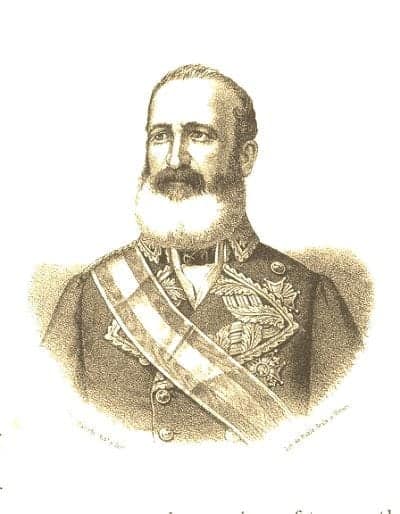
True, cases of corruption and abuse committed by Spanish officials in the Philippines are well-documented. Same as with the friars, however, not all Spanish officials abused their stations. In fact, two governor generals, Emilio Terrero and Carlos de la Torre, were well-loved by Filipinos due to their liberal views and implementation of popular reforms.
It was Terrero who protected Jose Rizal and resisted pressure from the friars to ban the dissemination of Noli Me Tangere in the Philippines. De La Torre, on the other hand, opened the doors of the government for the masses, eased press restrictions, and allowed Filipinos to voice their concerns without fear of reprisal. For his efforts, the latter even received a spontaneous serenade by Filipino nationalists—an unprecedented show of thanks to a governor general.
Recommended Article: 10 Most Infamous Traitors in Philippine History
Also, upper-class Filipinos and those mandated by the Spanish to govern the populace themselves were also guilty of abusing their fellow Filipinos. Specifically, those at the local level of government acted as a sort of middlemen for the Spanish who were usually content to overlook any abuse as long as they received their tribute and taxes.
5. Filipinos Had No Representation In The Spanish Cortes
Although we already know Filipino nationalists and reformists often protested the lack of representation in the Spanish Cortes (Parliament), little-known is the fact that the country actually sent two representatives to Spain in the early 1810s.
At the time, Napoleon and the French occupied most of Spain and imprisoned King Ferdinand VII. However, a Spanish government-in-exile composed mostly of liberals operated in the city of Cadiz where they promulgated the Cadiz Constitution in 1812. The Constitution provided for unheard-of freedoms and provided Spanish citizenship for people who lived in the colonies. It also allowed the colonies to field representatives to the Spanish legislature.
Also Read: 10 Incredibly Ironic Flaws You Can Find In Our Constitution
The first Filipino representative, a peninsulares named Don Pedro Perez de Tagle, represented the archipelago in 1809 while his successor, an insulares named Ventura de los Reyes filled the post in 1811. During his term, de los Reyes earned a reputation as a fierce defender of Filipino rights.
Unfortunately, King Ferdinand VII—upon his return to the throne after Napoleon’s forces were driven out of Spain—caved in to the conservatives and had the Cadiz Constitution repealed. Incidentally, this would foreshadow Spain’s own internal struggles for reform just like that of its colony.
6. Spanish Rule Was Unified
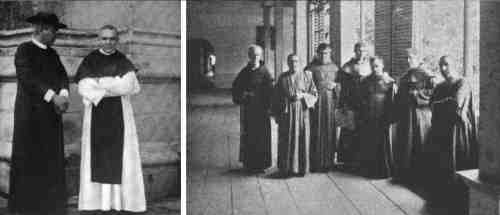
To presume that the Spanish ruled the Philippines like a giant, united monolith would be an oversimplification. The truth is, the Spanish themselves were divided into differing factions looking for ways to undermine each other.
For example, friars often liked to report the abuses committed by the encomenderos, so much so that the encomienda system was largely replaced by administrative provinces by the end of the 17th century. Another good illustration would be the constant power struggle between friars and government officials. Both sides—either in good or bad faith—often kept monitoring each other for any misdeeds or goof-ups.
An even more pronounced rivalry involved the insulares (full-blooded Spanish born in the Philippines) and the peninsulares (full-blooded Spanish born in Spain). Tensions between the two classes ran high especially with the influx of the latter into the archipelago during the late 1800s.
Recommended Article: 10 ‘What If’ Scenarios That Would Have Changed Philippine History Forever
The insulares—having established themselves at the top of the social hierarchy in the Philippines—resented the arrival of the peninsulares who thought of themselves as the superior class. As a result, both classes often fought for almost anything from government posts to commercial ventures.
7. There Were No Checks On Spanish Abuses
With all the abuses committed by the Spanish, one may think there was no justice at all for the Filipinos. However, the natives did get some form of protection in the guise of the visitador-general and juicio de residencia (trial of residence).
The first, visitador-general, was essentially a royally appointed investigator tasked to secretly scrutinize the governor general and other public officials for signs of abuse and corruption. Afterward, he would then submit his report directly to the king. Unfortunately, visits by a visitador-general were infrequent owing to the great distance between Spain and the Philippines.
Did you know? Some are outdated laws are still dated to the Spanish era. Find out which ones
The second (and arguably the more effective) juicio de residencia involved requiring an outgoing governor general and other officials to undergo a trial at the end of their term and give a full account of their performance. Much like a truth commission, the official’s actions were subjected to intense review, a process which would sometimes last for half a year. If found guilty of wrongdoing, he could be penalized with a stiff fine, imprisonment, or a combination of both.
Ironically, the residencia system was abolished after the 1812 Cadiz Constitution came into effect and even after the same was repealed—a fact lamented by Jose Rizal in his “The Philippines A Century Hence.”
References
David, R. (2011). ‘Residencia’. Inquirer.net. Retrieved 13 January 2015, from http://goo.gl/DaGXO2
Juan, C., & Molina, C. (2012). A Pinoy in the Spanish Cortes. InterAksyon.com. Retrieved 13 January 2015, from http://goo.gl/QqDAEp
Ocampo, A. (1998). The Spanish friar, beyond the propaganda. Retrieved 13 January 2015, from http://goo.gl/5ncKXY
People’s Journey with God 2007 Edition (Church Renewed & Her Sacraments) by Joseph F. Ines, Esteban T. Salibay, Jr., Bernardo N. Sepeda, Ed.D., Felinore Angelica H. Valera, Ed.D.
Towards A New Life by Rufina Barola Legaspi
The Encyclopedia of the Spanish-American and Philippine-American Wars by Spencer Tucker
State and Society in the Philippines by Patricio N. Abinales, Donna J. Amoroso
Philippine History by Maria Christine N. Halili
The Filipino Moving Onward by Rosario S. Sagmit, Ma. Lourdes Sagmit-Mendoza, Amparo C. Sunga
FilipiKnow
FilipiKnow strives to ensure each article published on this website is as accurate and reliable as possible. We invite you, our reader, to take part in our mission to provide free, high-quality information for every Juan. If you think this article needs improvement, or if you have suggestions on how we can better achieve our goals, let us know by sending a message to admin at filipiknow dot net
Copyright Notice
All materials contained on this site are protected by the Republic of the Philippines copyright law and may not be reproduced, distributed, transmitted, displayed, published, or broadcast without the prior written permission of filipiknow.net or in the case of third party materials, the owner of that content. You may not alter or remove any trademark, copyright, or other notice from copies of the content. Be warned that we have already reported and helped terminate several websites and YouTube channels for blatantly stealing our content. If you wish to use filipiknow.net content for commercial purposes, such as for content syndication, etc., please contact us at legal(at)filipiknow(dot)net
